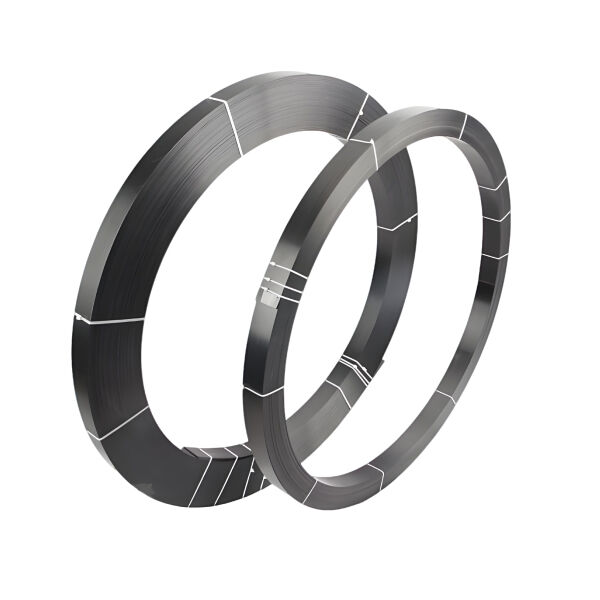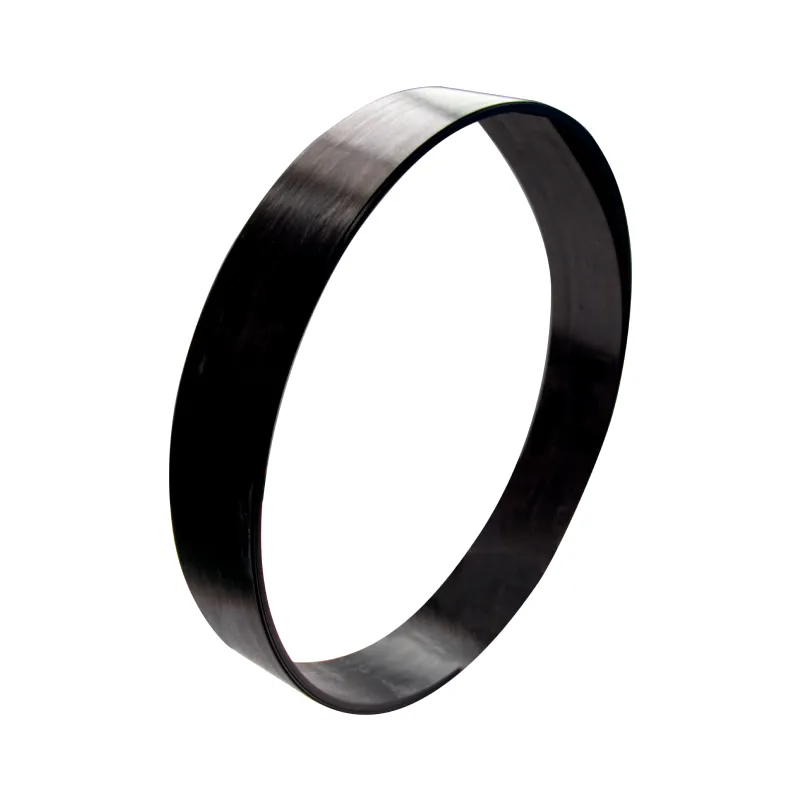Lightweight Nature of Carbon Fiber Plate Design
5x Lighter Than Steel for Superior Weight Distribution
In car manufacturing circles, carbon fiber plates are becoming increasingly popular because they're so light compared to regular steel. These composite materials weigh roughly one fifth of what steel would, making cars much lighter overall. The weight savings make a big difference when it comes to getting better gas mileage since the engine doesn't have to work as hard to move the vehicle forward. Cars built with carbon fiber tend to accelerate faster and handle corners better too. How the weight sits in the car matters a lot for how responsive it feels during driving situations. According to some research from the auto industry, lighter cars generally perform better in both acceleration and stopping distance tests, giving drivers an extra layer of safety. More manufacturers are starting to incorporate carbon fiber into their designs these days, partly because consumers want high performance vehicles and partly because reducing weight helps meet stricter environmental regulations.
Enhanced Impact Absorption Without Added Mass
Carbon fiber tech stands out for how well it handles impacts. When cars crash, these plates soak up a lot of the force, reducing damage while keeping things light. Steel might offer comparable protection against impacts, but it comes at the cost of extra weight. That's why many modern vehicles incorporate carbon fiber components. Mechanics report seeing fewer repairs needed after accidents involving these materials. The reason? Carbon fiber doesn't wear out as quickly over time, so parts last longer between replacements. For manufacturers looking to build safer cars without sacrificing fuel efficiency, carbon fiber represents a smart choice. As automakers continue pushing boundaries in design and performance, this lightweight yet tough material keeps gaining ground in the competitive automotive market.
Unmatched Strength-to-Weight Ratio Benefits
Tensile Strength Comparison With Metal Alternatives
Carbon fiber plates have tensile strength that can actually beat traditional metals like steel and aluminum in most cases. The big plus here is that manufacturers can use much thinner materials without sacrificing strength, which means significant weight reductions while keeping everything intact structurally. When put through real stress tests, carbon fiber holds its shape way better than most metals do over time. This combination of lightness and toughness gives designers lots more freedom when creating parts. Engineers aren't stuck fighting against heavy materials anymore. For cars specifically, carbon fiber has become pretty much standard these days because it lasts so long and performs great even under tough conditions on the road.
Crash Energy Management in Critical Zones
Putting carbon fiber in key areas of cars really makes a difference when it comes to managing crash energy. When a collision happens, the material spreads out the impact forces more evenly across the vehicle structure, which means less chance of serious injuries for people inside. Research backs this up too many tests have shown cars built with these advanced materials tend to perform better in crashes, with fewer reported injuries. What makes carbon fiber so useful is how it can be applied exactly where extra strength is needed without adding unnecessary weight elsewhere. Car manufacturers love this because they get better safety ratings while still keeping their designs sleek and modern. Real world crash tests continue to prove that vehicles incorporating carbon fiber parts handle impacts much better than traditional models. As automakers push forward with new designs, carbon fiber remains an essential component in making roads safer for everyone.

Aerodynamic Optimization Through Material Flexibility
Molding Complex Curves for Airflow Control
What makes carbon fiber so valuable for car design is how easily it bends and shapes into those complicated curves needed for better aerodynamics. Designers love working with this stuff because they can mold parts into shapes that actually help air flow around the vehicle, which means better gas mileage and faster speeds too. Some studies show that when cars use molded carbon fiber parts, they burn less fuel since there's less resistance from wind pushing against them something every driver wants in today's market. Car companies have been using these properties for years now to meet stricter emission standards while still keeping their vehicles looking sleek on the road. From front air dams to rear spoilers, manufacturers can create detailed parts where function meets style without compromising either aspect, which explains why so many high performance cars rely heavily on carbon fiber components.
Integrated Component Consolidation Advantages
Carbon fiber's flexibility brings another big advantage when it comes to combining several parts into single streamlined components, making assembly much easier. The result? Less money spent on labor and production times cut down substantially, something manufacturers have been seeing across the board lately. Industry reports show that cars built with these integrated carbon fiber designs end up weighing less than traditional models, yet they're actually stronger and last longer too. This means better gas mileage for consumers and safer rides overall. Fewer parts also means fewer places where things can go wrong, so cars tend to run more reliably between service visits. Mechanics report seeing fewer breakdowns from carbon fiber vehicles compared to older models with hundreds of separate components.
Corrosion Resistance for Longevity
Salt/Weather Protection in Structural Applications
What makes carbon fiber so special? Well, it just doesn't corrode like other materials do, which is why car manufacturers love using it in vehicles that face tough environments. Some industry reports show cars with carbon parts need far less replacing when exposed to weather extremes. Beyond simply lasting longer, this kind of weatherproofing actually saves money for owners down the road. Since carbon fiber isn't made from metals, those pesky problems we see with steel parts like rust spots or gradual erosion simply don't happen. For anyone concerned about how long their car will stay looking good and performing well, the difference really adds up. Mechanics report seeing fewer repairs needed on carbon composite sections compared to traditional materials, cutting both workshop visits and wallet drain over years of ownership.
Reduced Underbody Maintenance Requirements
Cars made with carbon fiber parts need much less undercarriage maintenance over time, saving owners both money and headaches when their vehicles sit idle for repairs. The reason? Carbon fiber just doesn't rust or rot like traditional materials do, so garages aren't constantly scraping away corrosion from frame components anymore. Research tracking vehicle costs over 5 to 7 years shows these savings really add up, making the overall cost of ownership look better on paper. Fleet managers love this benefit too. When companies buy dozens of trucks or lease luxury sedans for extended periods, they want something that stays reliable without constant trips to the shop. Carbon fiber helps deliver exactly that kind of peace of mind for businesses watching their bottom lines closely.
Sustainability in Modern Automotive Engineering
Lifecycle Emissions Reduction Strategies
Car makers are increasingly turning to carbon fiber as a way to cut down on emissions throughout a vehicle's entire life cycle while also pushing toward greener practices. When manufacturers replace traditional metal parts with carbon fiber alternatives, they actually slash emissions right from the factory floor, something that fits nicely with what governments around the world want to see happen. Cars built with these lighter materials end up leaving behind smaller carbon footprints overall, which helps companies stay ahead of those tough new emission standards coming into effect across many countries. What makes this material so effective? Well, it weighs much less than steel or aluminum does. This means cars need less power to move them along roads, whether running on gas tanks or battery packs. The result? Less fuel burned and fewer pollutants released into our atmosphere every single day.
Closed-Loop Recycling Potential
Carbon fiber recycling through closed loop systems is making big strides when it comes to being better for the environment. What makes this tech so good? Well, manufacturers can actually get back and reuse much of the material instead of throwing it all away. This approach fits right into those circular economy ideas we keep hearing about and cuts down on waste mountains. As companies work on better ways to recycle carbon fiber, they're opening up new doors for using this stuff in lots of different sectors while cutting down on nature damage. And let's face it folks, having these kinds of green credentials is becoming really important for both shoppers and businesses looking to show they care about our planet.
Cost-Effective Performance Solutions
Repair Cost Reductions via Damage Resistance
The damage resistance built into carbon fiber means repair bills drop dramatically when compared to older materials. According to collision repair statistics, car owners who have models with carbon fiber parts actually save money over time. Vehicles made with this stuff just don't need fixing as often, so people end up spending less in the long run. Insurance companies are starting to notice too many now offer reduced rates for cars featuring carbon fiber components. Lower repair costs is one thing, but it also means better maintenance records overall for these vehicles, which adds value beyond just immediate savings at the garage door.
Total Ownership Value Over Vehicle Lifespan
Cars with carbon fiber parts generally end up costing less over time because they need less maintenance and don't wear out as quickly. People who own these vehicles save money in the long run since they burn less fuel and rarely need repairs. Studies have shown that carbon fiber stands up to punishment better than regular materials, which means owners get their money's worth. Most buyers today care about how long things last and whether they're good for the planet, so these factors often tip the scales during car shopping. When manufacturers actually put carbon fiber into production models, we see both wallet-friendly advantages and greener outcomes, creating something special for those looking at overall value beyond just sticker price.
FAQ
Why is carbon fiber lighter than steel?
Carbon fiber is significantly lighter than steel due to its composite structure, which provides strength without the weight of metal constituents.
How does carbon fiber impact fuel efficiency?
The lightweight nature of carbon fiber reduces overall vehicle weight, thus improving fuel efficiency by reducing the energy required for propulsion.
Is carbon fiber more durable than traditional metals?
Yes, carbon fiber often exceeds the tensile strength of metals like steel and aluminum, allowing for durable yet lighter material applications.
What are the safety benefits of using carbon fiber in vehicles?
Carbon fiber enhances impact absorption and crash energy management in critical zones, providing superior protection without additional mass.
Can carbon fiber components be recycled?
Carbon fiber offers closed-loop recycling potential, allowing manufacturers to reclaim materials and promote environmental sustainability.
Does using carbon fiber reduce maintenance costs?
Yes, carbon fiberâs corrosion resistance and durability contribute to lower maintenance needs, resulting in cost savings over a vehicle's lifespan.


